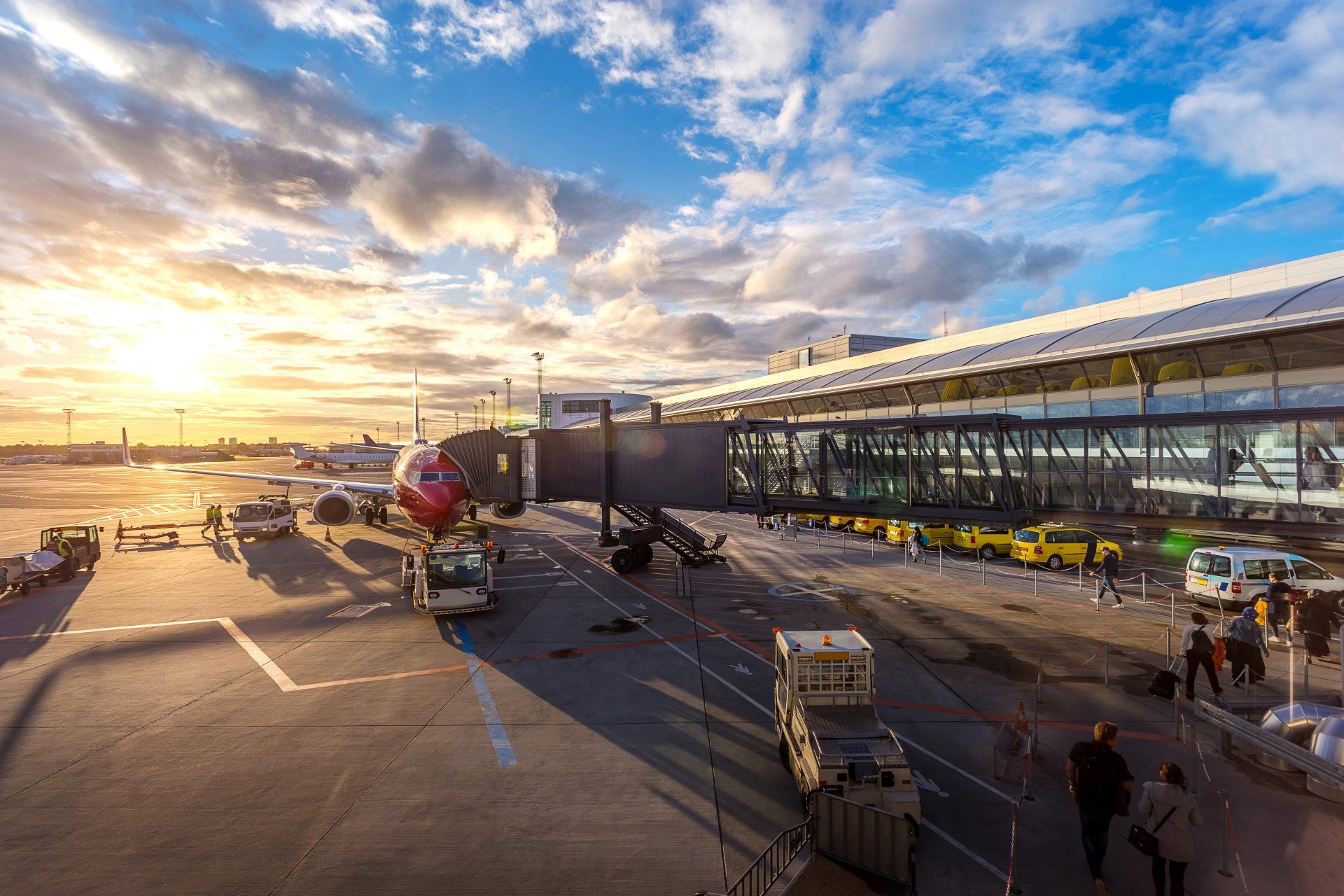Ensuring Safe Skies: Exploring Aviation Safety Management Systems and Compliance Monitoring
How Aviation Safety Management Systems and Compliance Monitoring Foster a Culture of Safety in the Skies

Introduction:
Aviation safety is of paramount importance in the aviation industry, with stakeholders continuously striving to ensure the highest level of safety for passengers and crew. To achieve this, robust safety management systems (SMS) and effective compliance monitoring mechanisms are implemented. In this article, we delve into the world of aviation safety management systems and compliance monitoring, highlighting their significance in fostering a culture of safety within the aviation industry.
Aviation Safety Management Systems (SMS):
An aviation safety management system (SMS) is a systematic approach designed to proactively manage safety risks and enhance safety performance within an aviation organization. It involves the integration of safety policies, procedures, and practices, encompassing both operational and organizational aspects. The key components of an SMS include safety policy and objectives, risk management processes, safety assurance, and safety promotion.
Benefits of Aviation SMS:
- Proactive Risk Management: SMS enables aviation organizations to identify and mitigate potential safety hazards proactively. By implementing risk assessment and management processes, the industry can prevent incidents and accidents before they occur, leading to safer operations.
- Continuous Improvement: SMS fosters a culture of continuous improvement by establishing mechanisms to collect safety data, analyze trends, and implement corrective actions. This iterative process ensures that safety practices are continuously reviewed, refined, and adapted to evolving industry standards.
- Regulatory Compliance: Implementing an SMS helps aviation organizations meet regulatory requirements, as many aviation authorities worldwide mandate SMS implementation. Compliance with safety regulations enhances the overall safety performance of the organization and ensures adherence to international standards.
- Enhanced Safety Culture: SMS promotes a safety-first culture within aviation organizations by encouraging open reporting of safety incidents, near misses, and hazards. By prioritizing safety communication and creating a non-punitive reporting environment, employees are empowered to actively participate in safety management.
Compliance Monitoring:
Compliance monitoring refers to the systematic assessment and verification of an aviation organization's adherence to safety regulations, industry standards, and internal policies. It involves conducting audits, inspections, and reviews to ensure that safety practices are in line with prescribed guidelines.
The Importance of Compliance Monitoring:
- Regulatory Adherence: Compliance monitoring ensures that aviation organizations comply with regulatory requirements set forth by national aviation authorities and international governing bodies such as the International Civil Aviation Organization (ICAO). By closely monitoring compliance, organizations can identify and rectify any deviations promptly.
- Identifying Operational Gaps: Compliance monitoring helps identify gaps in safety practices and procedures. By conducting regular audits and inspections, organizations can pinpoint areas that require improvement and take necessary corrective actions to enhance safety.
- Safety Performance Evaluation: Compliance monitoring serves as an essential tool for evaluating an organization's safety performance. By tracking compliance metrics, organizations can assess their safety records, identify trends, and implement necessary measures to enhance safety outcomes.
Conclusion:
Aviation safety management systems (SMS) and compliance monitoring play a pivotal role in ensuring safe skies. By adopting an SMS approach, aviation organizations can proactively manage risks, foster a culture of safety, and continuously improve their safety practices. Compliance monitoring ensures adherence to regulatory requirements and identifies areas for improvement. Through these combined efforts, the aviation industry maintains its commitment to safety, safeguarding the well-being of passengers, crew, and all stakeholders involved in air travel.

